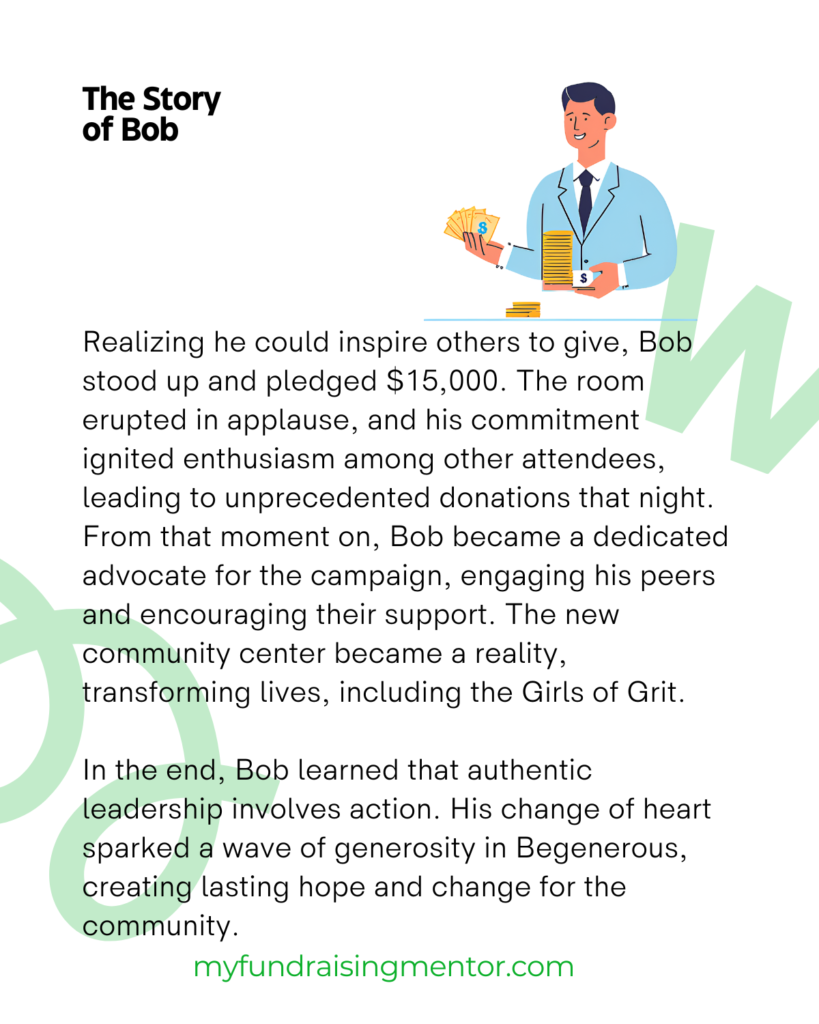This blog is designed for everyone, whether you’re embarking on your journey as a paid or volunteer fundraiser or are already seasoned in the field.

My Fundraising Mentor Blog strives to empower new and experienced fundraisers, whether entering the field as a paid professional or a dedicated volunteer. My mission is to simplify the principles and standards of fundraising, making them accessible and understandable for everyone. I aim to ignite a passion for fundraising and inspire a deeper commitment to this vital art, helping you excel in your fundraising journey.
I’d like to invite you to share your thoughts on our articles and tell us about any challenges you face in your fundraising endeavours. If you’re interested in strategic consultation, mentoring a new fundraiser, or enhancing the effectiveness of your board of directors in fundraising, I’m here to help! Please feel free to reach out via email, the site, or social media.
Thank you for being part of this exciting journey! Together, let’s make a difference!
Pam Simmons, APR, CFRE, CTT Consultant








